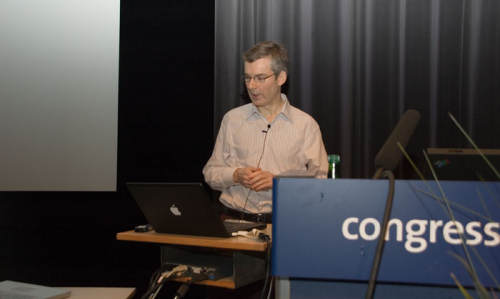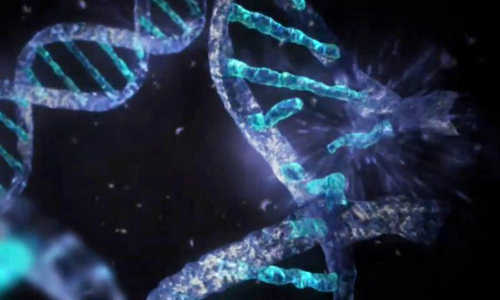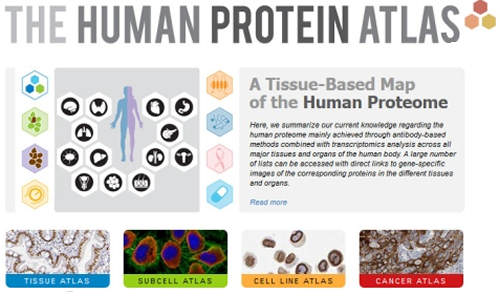Scientists reveal the structure of one of the most important and complicated proteins in cell division – a fundamental process in life and the development of cancer – in research published in Nature on Sunday.
Images of the gigantic protein in unprecedented detail will transform scientists’ understanding of exactly how cells copy their chromosomes and divide, and could reveal binding sites for future cancer drugs.
A team from The Institute of Cancer Research, London, and the Medical Research Council Laboratory of Molecular Biology in Cambridge produced the first detailed images of the anaphase-promoting complex (APC/C).
The APC/C performs a wide range of vital tasks associated with mitosis, the process during which a cell copies its chromosomes and pulls them apart into two separate cells. Mitosis is used in cell division by all animals and plants.
Discovering its structure could ultimately lead to new treatments for cancer, which hijacks the normal process of cell division to make thousands of copies of harmful cancer cells.
In the study, which was funded by Cancer Research UK, the researchers reconstituted human APC/C and used a combination of electron microscopy and imaging software to visualise it at a resolution of less than a billionth of a metre.
The resolution was so fine that it allowed the researchers to see the secondary structure – the set of basic building blocks which combine to form every protein. Alpha-helix rods and folded beta-sheet constructions were clearly visible within the 20 subunits of the APC/C, defining the overall architecture of the complex.
Previous studies led by the same research team had shown a globular structure for APC/C in much lower resolution, but the secondary structure had not previously been mapped. The new study could identify binding sites for potential cancer drugs.
Each of the APC/C’s subunits bond and mesh with other units at different points in the cell cycle, allowing it to control a range of mitotic processes including the initiation of DNA replication, the segregation of chromosomes along protein ‘rails’ called spindles, and the ultimate splitting of one cell into two, called cytokinesis. Disrupting each of these processes could selectively kill cancer cells or prevent them from dividing.
Dr David Barford, who led the study as Professor of Molecular Biology at The Institute of Cancer Research, London, before taking up a new position at the Medical Research Council Laboratory of Molecular Biology in Cambridge, said:
“It’s very rewarding to finally tie down the detailed structure of this important protein, which is both one of the most important and most complicated found in all of nature. We hope our discovery will open up whole new avenues of research that increase our understanding of the process of mitosis, and ultimately lead to the discovery of new cancer drugs.”
Professor Paul Workman, Interim Chief Executive of The Institute of Cancer Research, London, said: “The fantastic insights into molecular structure provided by this study are a vivid illustration of the critical role played by fundamental cell biology in cancer research.
“The new study is a major step forward in our understanding of cell division. When this process goes awry it is a critical difference that separates cancer cells from their healthy counterparts. Understanding exactly how cancer cells divide inappropriately is crucial to the discovery of innovative cancer treatments to improve outcomes for cancer patients.”
Dr Kat Arney, Science Information Manager at Cancer Research UK, said “Figuring out how the fundamental molecular ‘nuts and bolts’ of cells work is vital if we’re to make progress understanding what goes wrong in cancer cells and how to tackle them more effectively. Revealing the intricate details of biological shapes is a hugely important step towards identifying targets for future cancer drugs.”
Story Source:
The above story is based on materials provided by Cancer Research UK.





